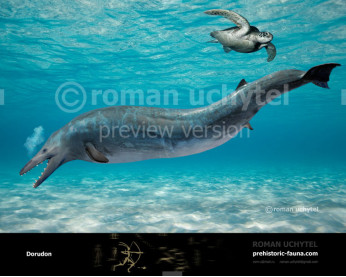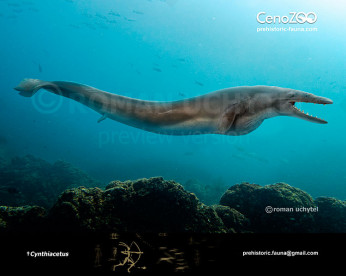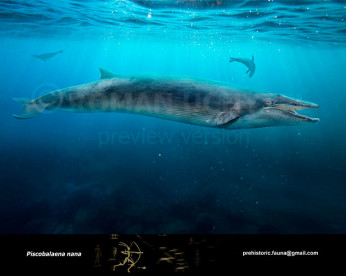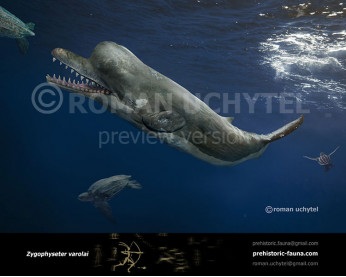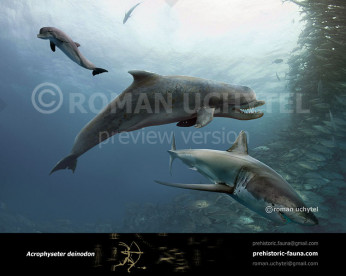Perucetus
202112202112Perucetus (†Perucetus (Bianucci et al., 2023))
Order: Artiodactyla
Infraorder: Cetacea
Family: †Basilosauridae
Time period: lived 39.8–37.84 million years ago in the middle Eocene
Size: Body length of 15-20 metres.
A typical representative: †Perucetus colossus
Perucetus is an extinct genus of an early whale from Peru that lived during the Bartonian age of the middle Eocene. Perucetus is the largest Eocene whale, with length estimates varying from 15–16 meters to 17–20 meters. It was initially claimed to have rivaled or exceeded the modern blue whale in weight, partly due to the incredibly thick and dense bones this animal possessed, coupled with its already great size, but subsequent studies argued that it was significantly lighter. Only a single species is currently known, P. colossus.
Perucetus was identified as a member of the Pelagiceti and closer affinities with basilosaurids (like Basilosaurus, Pachycetus and Cynthiacetus) and llanocetids (Mystacodon). Bianucci and colleagues subsequently added Perucetus to the family Basilosauridae.
It is deemed more likely that Perucetus fed on molluscs, crustaceans and other animals on the sea floor, either through suction feeding or filter feeding. Such a lifestyle would be comparable to that of the modern grey whale and beluga whale, both of which feed mainly on bottom-dwelling animals— by filter-feeding in the former and by suction in the latter. Another hypothesis mentioned by Bianucci et al. is that Perucetus could have been a scavenger like large demersal sharks. Ultimately, until better material is found, the precise ecology of Perucetus will remain unknown.
Perucetus (†Perucetus (Bianucci et al., 2023))
Order: Artiodactyla
Infraorder: Cetacea
Family: †Basilosauridae
Time period: lived 39.8–37.84 million years ago in the middle Eocene
Size: Body length of 15-20 metres.
A typical representative: †Perucetus colossus
Perucetus is an extinct genus of an early whale from Peru that lived during the Bartonian age of the middle Eocene. Perucetus is the largest Eocene whale, with length estimates varying from 15–16 meters to 17–20 meters. It was initially claimed to have rivaled or exceeded the modern blue whale in weight, partly due to the incredibly thick and dense bones this animal possessed, coupled with its already great size, but subsequent studies argued that it was significantly lighter. Only a single species is currently known, P. colossus.
Perucetus was identified as a member of the Pelagiceti and closer affinities with basilosaurids (like Basilosaurus, Pachycetus and Cynthiacetus) and llanocetids (Mystacodon). Bianucci and colleagues subsequently added Perucetus to the family Basilosauridae.
It is deemed more likely that Perucetus fed on molluscs, crustaceans and other animals on the sea floor, either through suction feeding or filter feeding. Such a lifestyle would be comparable to that of the modern grey whale and beluga whale, both of which feed mainly on bottom-dwelling animals— by filter-feeding in the former and by suction in the latter. Another hypothesis mentioned by Bianucci et al. is that Perucetus could have been a scavenger like large demersal sharks. Ultimately, until better material is found, the precise ecology of Perucetus will remain unknown.

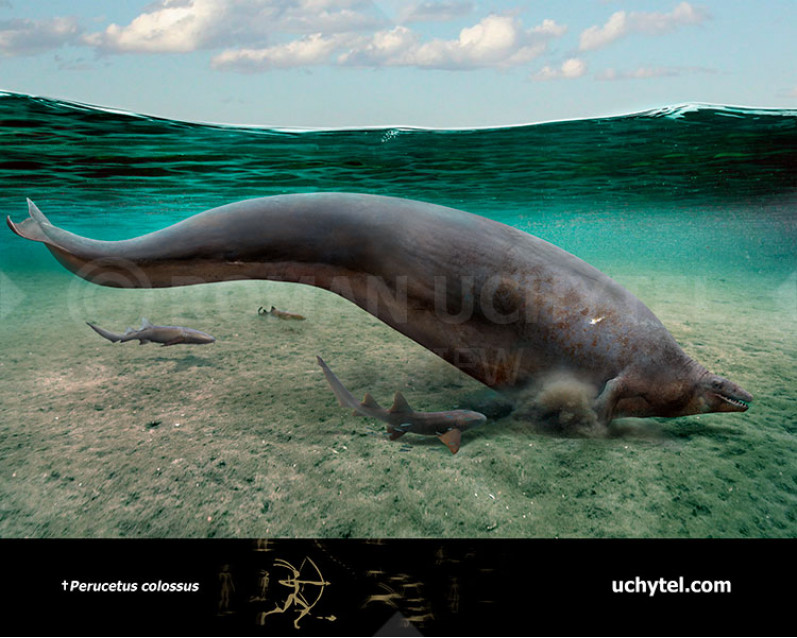
-797x638.jpg)

-70x56.jpg)
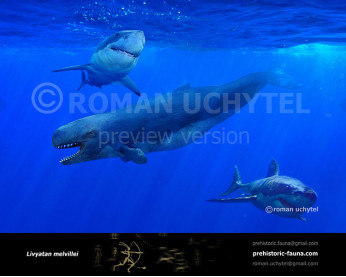
-346x277.jpg)
